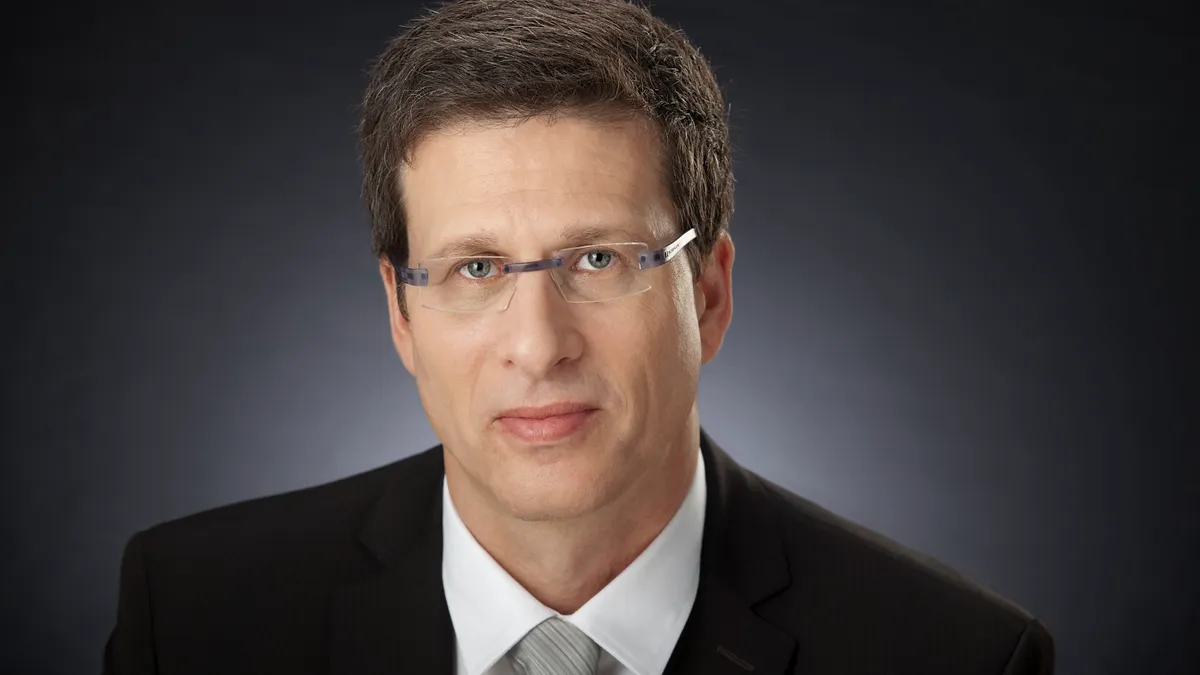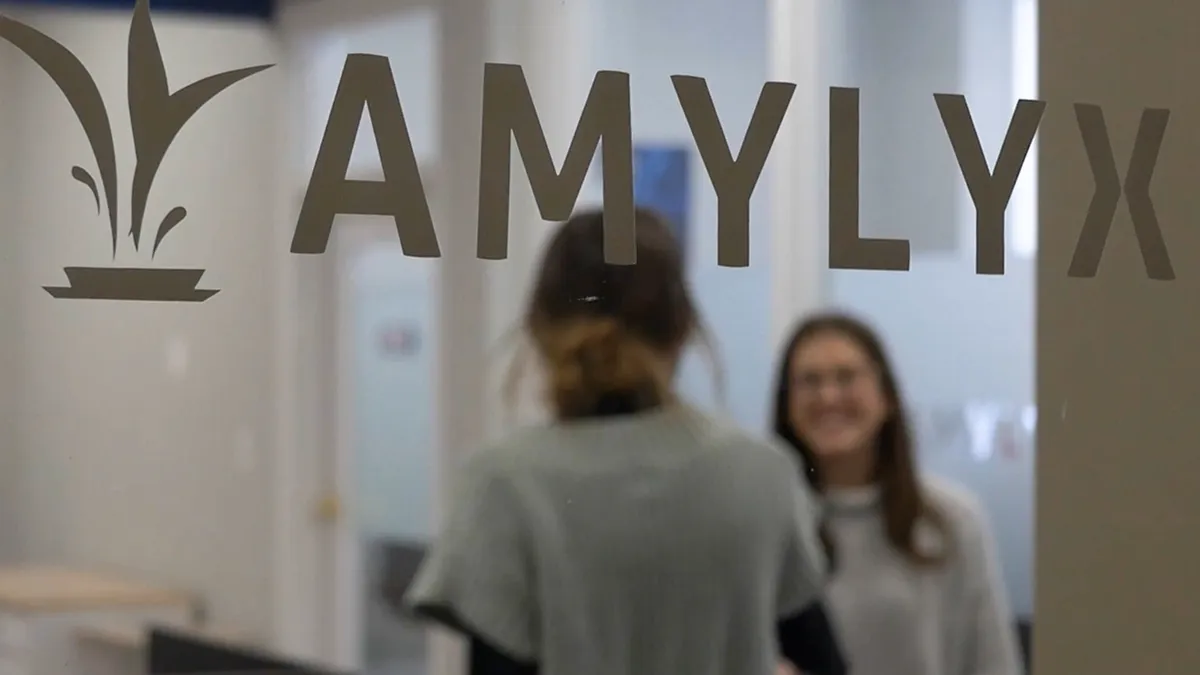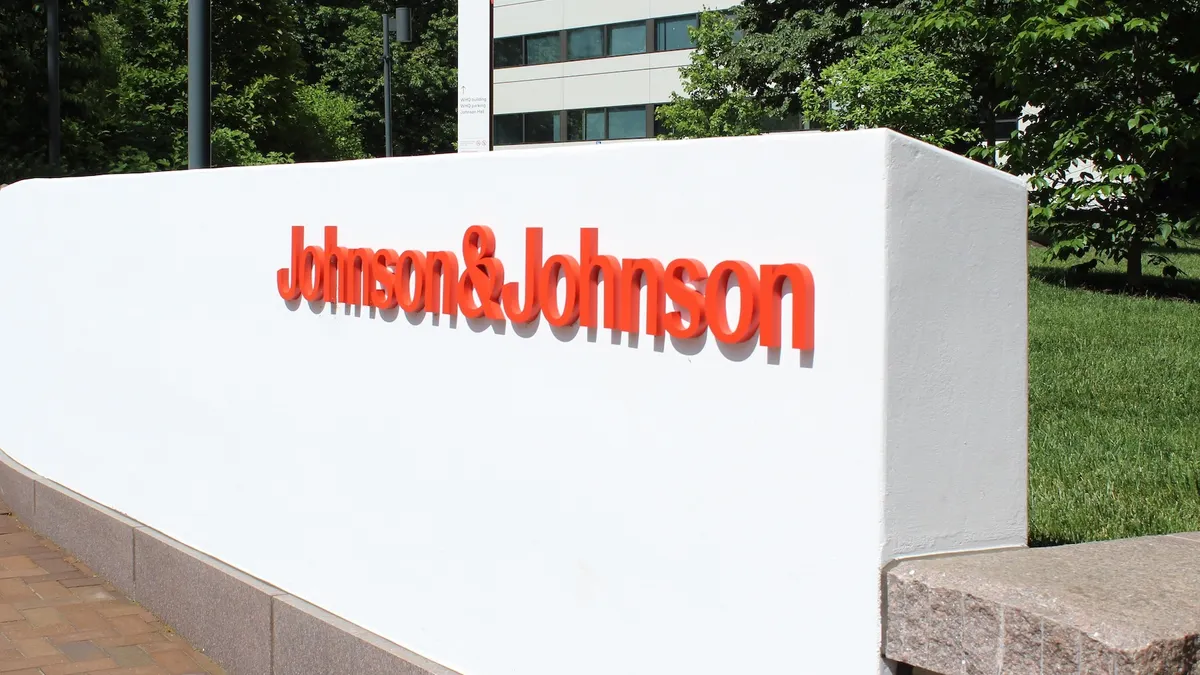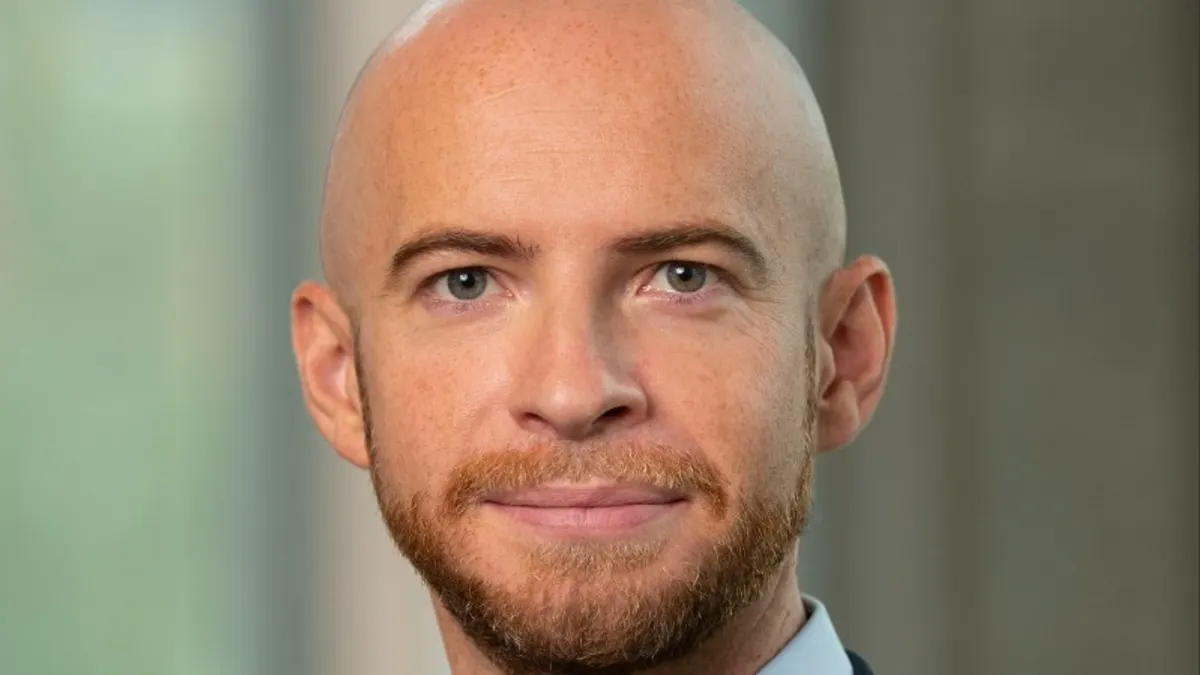As cuts to NIH funding empty the coffers that have fueled drug discovery and development for decades, a vacuum is already starting to form. While traditional trials will remain the gold standard, can real-world evidence fill at least some of that gap?
“There’s a collision coming,” said Brigham Hyde, CEO and co-founder of real-world evidence company Atropos Health. “We have all new biotechs and AI drug discovery, and they’re coming up with new targets, new drugs, new everything — but how are we going to bring all these thousands of new opportunities through trials?”

Although Hyde, like many researchers, worries about the lasting effects of the public funding cuts, he also sees an opportunity for real-world evidence to prove what it can do as part of a cadre of private companies latching onto a dearth of public solutions. Along the way, a more robust system of public-private health data partnerships could bring further efficiency to the table, he said.
The FDA has placed more emphasis on the use of real-world evidence as clinical data in recent years, and as competition grows and regulatory agencies tighten the belt, information that sets a drug or clinical study apart can be an asset.
“The capital markets cannot sustain the current approach — what we have to do is shift the success rate,” Hyde said.
"In this country, oncology research is something everybody supports, and broad-based cuts that impact the overall funding pool aren’t going to be acceptable to the population of this country."

Brigham Hyde
CEO, co-founder, Atropos Health
Spun off from Stanford University’s personalized medicine project Green Button in 2019, Atropos was built as a simple question-based program for physicians to run a real-world research study within a couple of days based on information already available. Now, the company works with pharma giants like Jonhson & Johnson and Merck & Co. to accelerate clinical development.
And as public funding sources dry up for researchers — many of whom work with small budgets at the beginning of their careers — real-world evidence could be one lifeline to keep projects alive, Hyde said.
Here, we spoke to Hyde about the work Atropos does with drugmakers, the limits of real-world evidence and the opportunity amid the turmoil for public-private data partnerships to thrive.
This interview has been edited for brevity and style.
PHARMAVOICE: Can you talk about the kind of work you do for pharma companies?
BRIGHAM HYDE: Pharma does a lot of the evidence generation for healthcare. They run the trials, and following the 21st Century Cures Act, they also leverage real-world evidence data extensively, whether that’s in trial design or epidemiological research to understand populations or publication efforts to show the value of drugs to the clinical community and payers. We’ve done all of those, and we help them do it faster. We’re working with eight of the top 10 pharma companies, using dozens of health systems and academic medical centers and thousands of physicians ordering from us.
What are the limits of real-world evidence compared with traditional research? Where does your work fit into that picture?
At the top of the pyramid is your double-blind, placebo-controlled, randomized trial. Those should exist, and we want more of those, but the reality is you’re not going to run a trial in every patient. What’s interesting is that, in studies where we’ve replicated clinical trials, real-world evidence tends to agree at about the same rate trials agree with each other. This gets down to how trials are designed — they’re run in very small populations, and 75% of the patient population is systematically excluded for various reasons. We love trials, but we have to acknowledge the gaps. That’s where we fit in.
Here’s an anecdote about that connectivity: Dr. Dylan Dodd at Stanford is a basic science researcher on the gut microbiome. By shifting the gut microbiome, you can actually affect immune disorders. In mice with gout, he showed that a long-approved antibiotic Bactrim was a successful treatment. He came to us to see what happens according to real-world evidence if a patient with gout took Bactrim for something else — in a couple of days, we ran the study on tens of thousands of patients, and in both cases, clear as day, people who had taken Bactrim had less gout by population than the rest of the population. Adding that to his study elevated the paper. That type of innovation is super exciting, not just because it can happen so fast but also because it connects basic science to real-world evidence.
What effect do you think NIH cuts could have on your business and what you offer researchers and drugmakers?
We’ve had messages from users or potential customers who say they have to freeze everything because they don’t know what their budgets are. And that’s real. But at the same time, the efficiency and relative cost of what we produce could push things in our direction as that happens. I hope and believe that NIH will still deploy a significant amount of capital, maybe shifting its direction a little, and hopefully toward more automation. And we’re a part of that. I’m hopeful that this is more of a pause and reshuffle than a straight cut. There’s no doubt in the market right now, and particularly at academic medical centers, there’s been an impact, and I worry about young faculty — they’re the ones who need that money to get going. Our hope is that we can help them in that time. We’ll have more to say in coming months about offering our technology for free to those people who need it.
We’re popular with young residents and research fellows who don’t have a huge startup package or budget — they’d have to beg the institution for access to data or hire three informaticians. It could take a year to do this work. With us, they can have an answer in a week that’s publication ready. It’s a great way for young faculty who are impacted by this funding challenge to get their ideas out there.
Are there any specific directions of the NIH cuts that are troubling to you? Any vacuums you hope to fill?
It’s hard to suss out how those are decided. We all watch the DOGE reports and try to make sense of it. I would emphasize that in this country, oncology research is something everybody supports, and broad-based cuts that impact the overall funding pool aren't going to be acceptable to the population of this country. So I expect that to go back the other way quickly. I worry about the net impact on young faculty support, because when you make cuts at large institutions, that’s who gets hurt.
But we feel the data industry and the NIH could play more of a consolidating role — we have a vibrant private market in the data world, and if the NIH brings us together to unify around initiatives they care about, we can go further. For example, that was part of the promise of the Cancer Moonshot, but it didn’t quite happen. Now, I’m hopeful that, just from outlines I’ve seen, this could help drive that effort and make resources and tools like ours available to researchers. Anyone in the healthcare data industry wants to see that impact come back to patients and researchers — our DNA is coming from the point of care. So I want more. Let’s go further to bring public and private together because there’s a big opportunity right now.

















